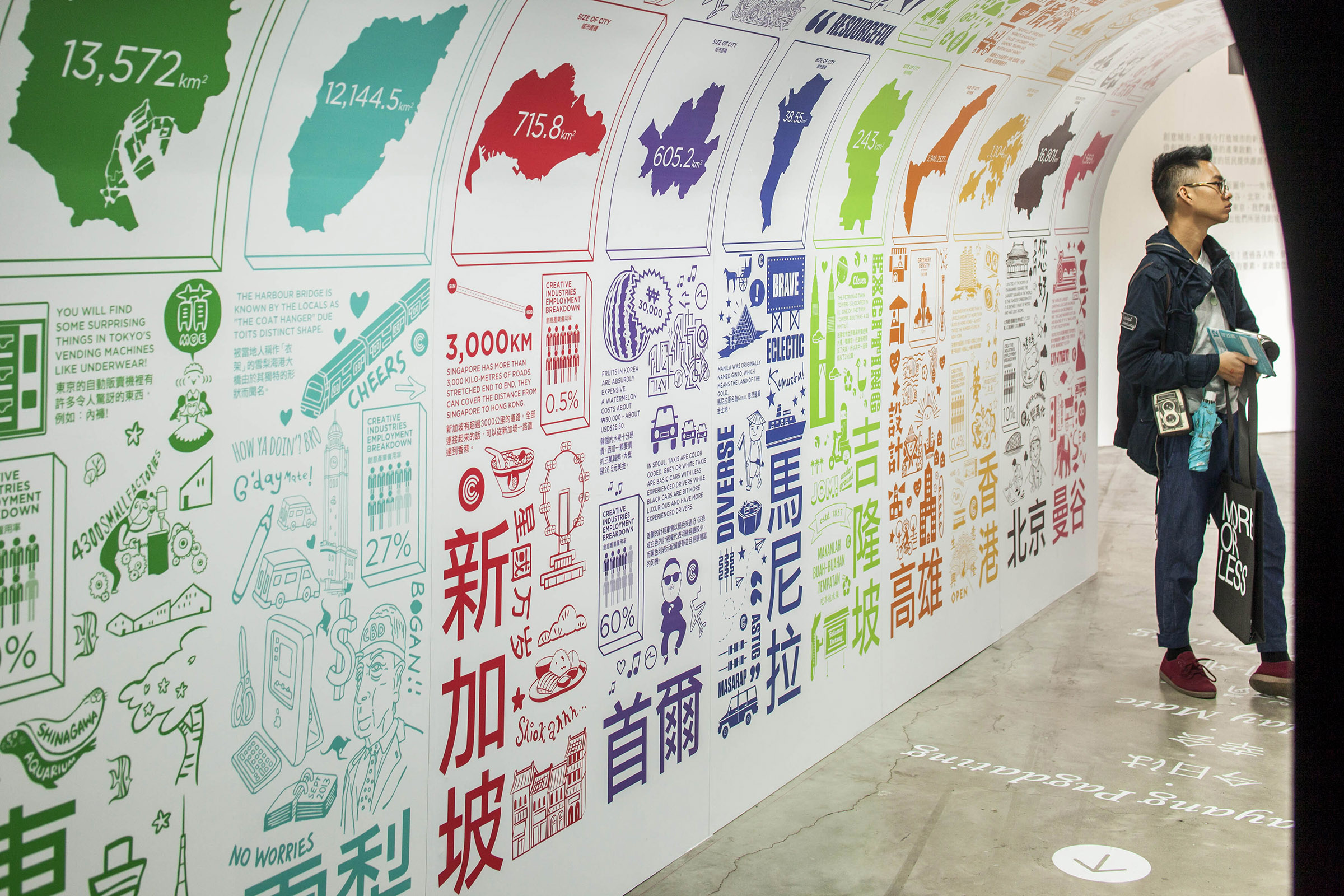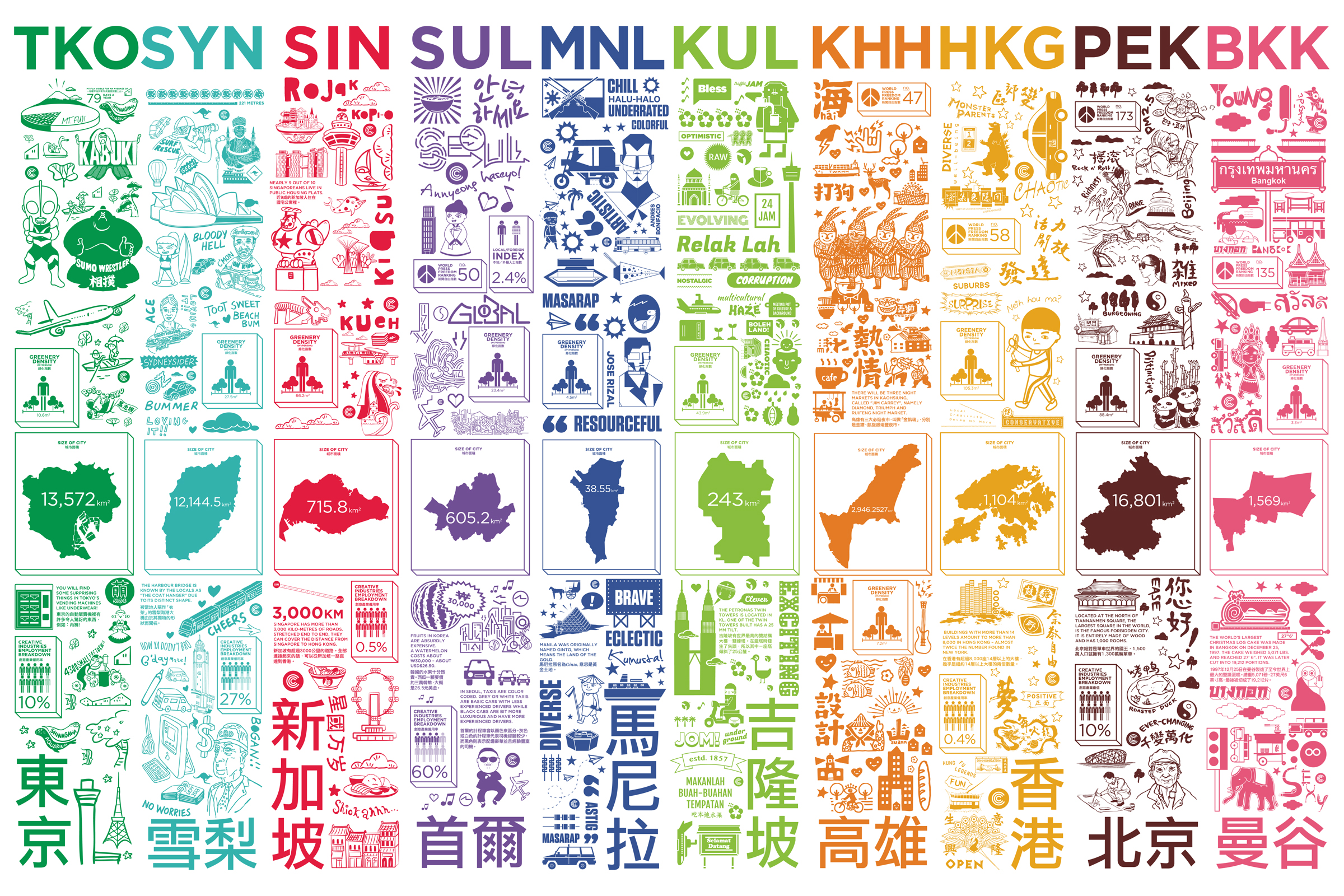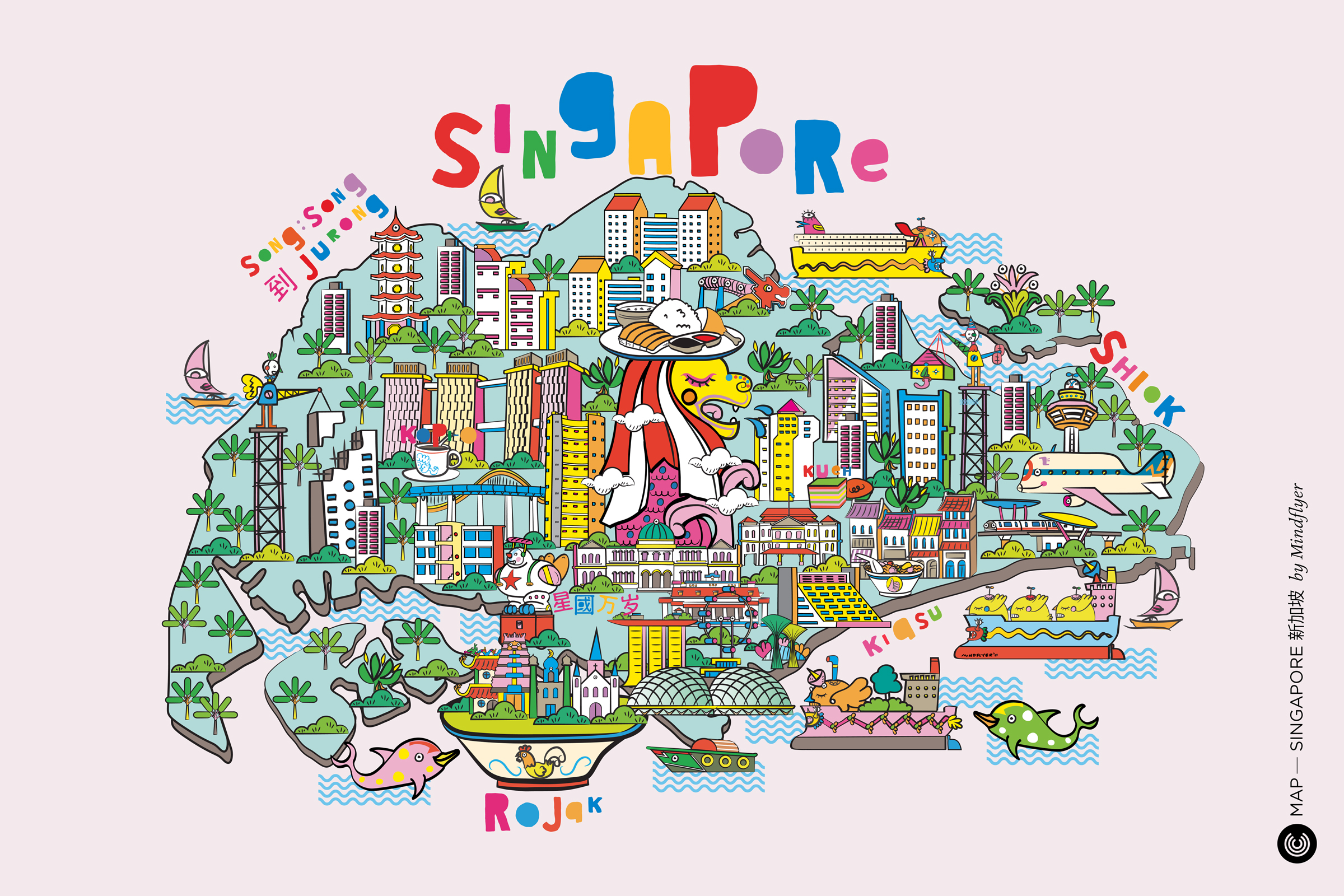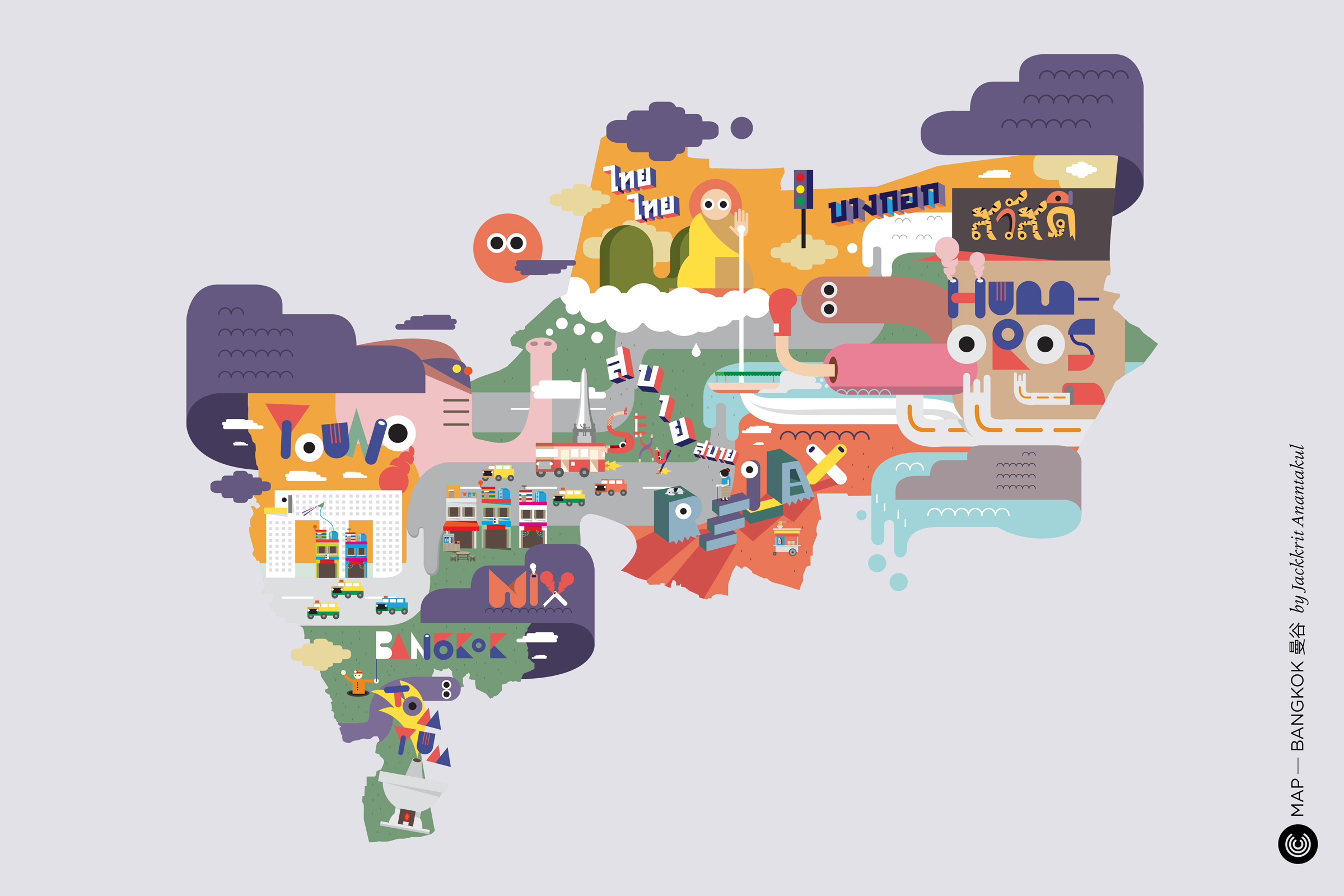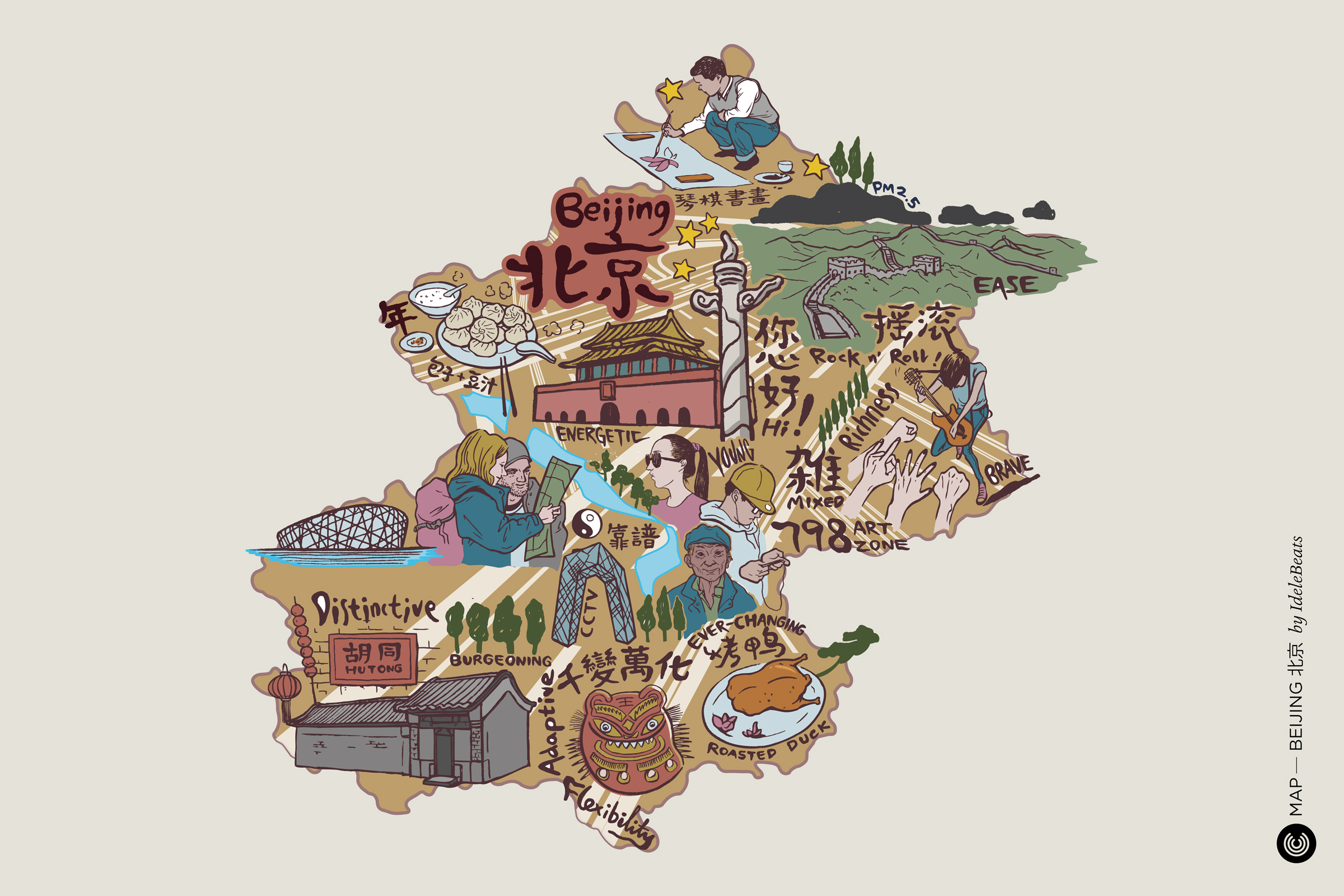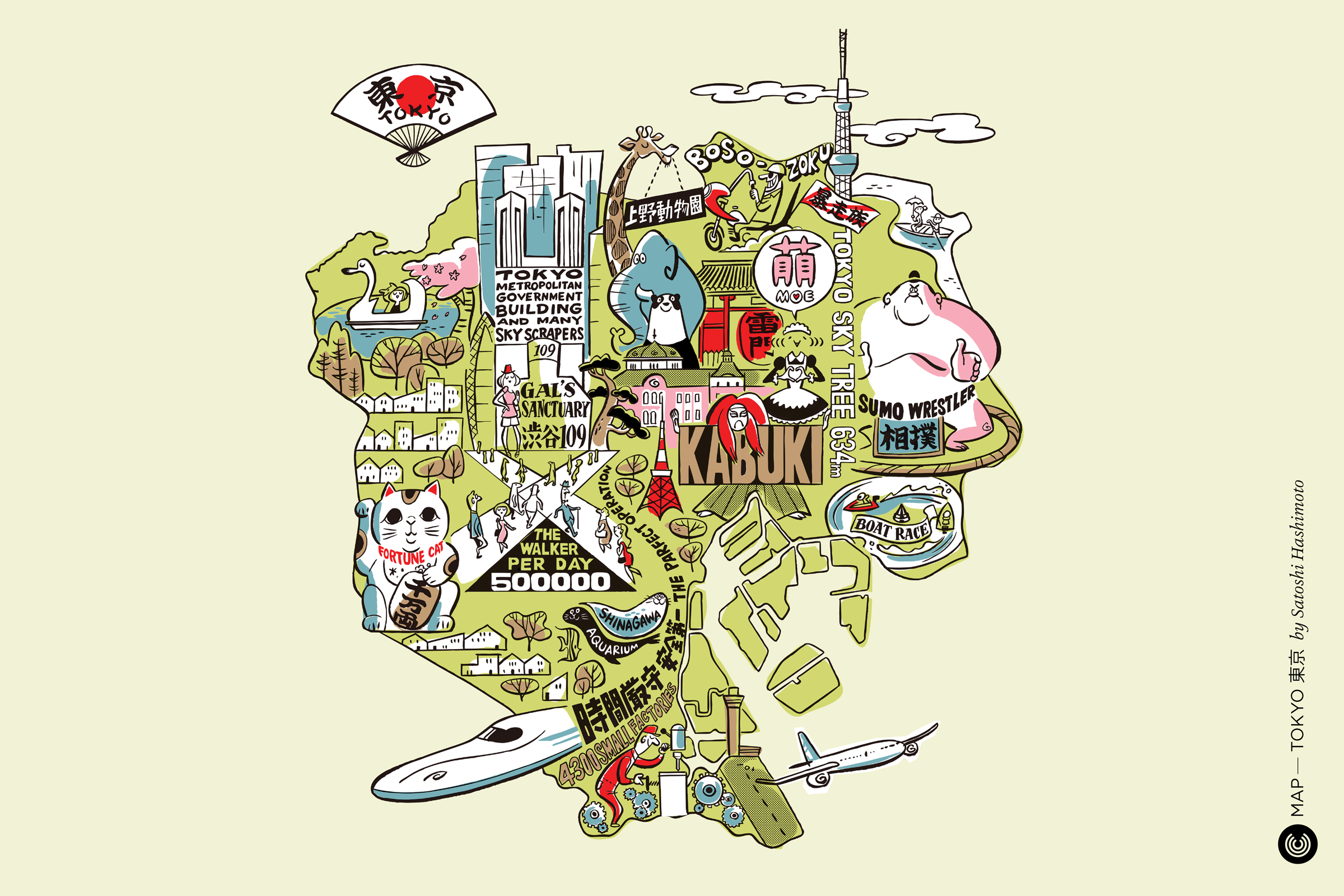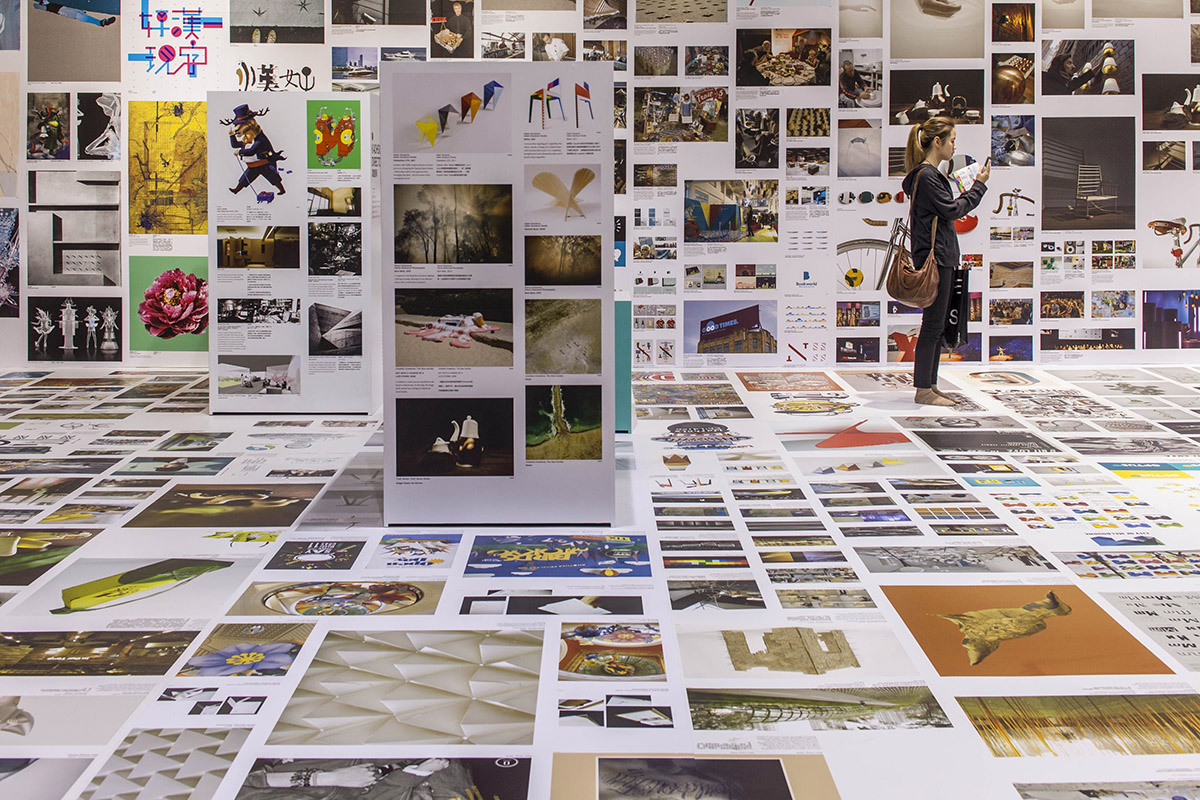
CREATIVE©ITIES
A Tour of Asia-Pacific’s Creativity
Mapping and connecting 10 creative cities and their communities
From organic produce farmed in Manila to the futuristic architecture of Seoul, thousands of creative works from across the Asia-Pacific made their way to Kaohsiung City for CREATIVE©ITIES. The showcase during the city’s annual design festival in 2013 brought together the works of some 250 creatives from Bangkok, Beijing, Hong Kong, Kaohsiung, Kuala Lumpur, Manila, Seoul, Singapore, Sydney and Tokyo to celebrate creativity in the Asia-Pacific.
Instead of one curator deciding who to feature, we wanted to crowdsource the selection process to work across the region and scale the project quickly.
Jackson Tan, Creative Director of BLACK
Curator Jackson Tan proposed mapping these 10 “creative cities” when the Kaohsiung cultural bureau commissioned a design exhibition in conjunction with the city hosting the Asia Pacific Cities Summit in 2013. The founder of Singapore-based creative agency BLACK was inspired by his earlier exhibition series 20/20, which showcased Singapore’s creative scene by inviting its community to nominate their peers. CREATIVE©ITIES adopted a similar method of crowdsourcing but applied on a regional scale.
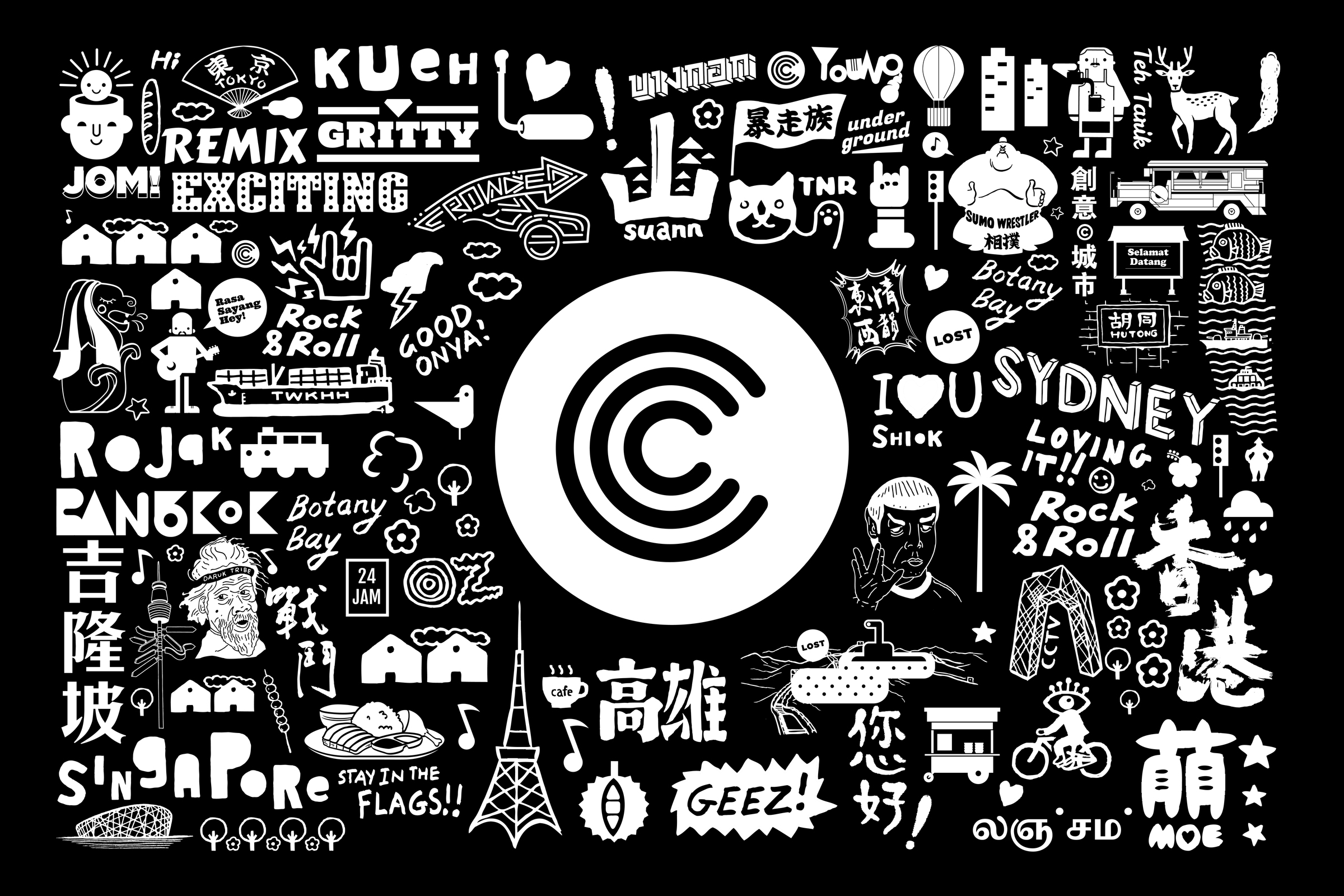
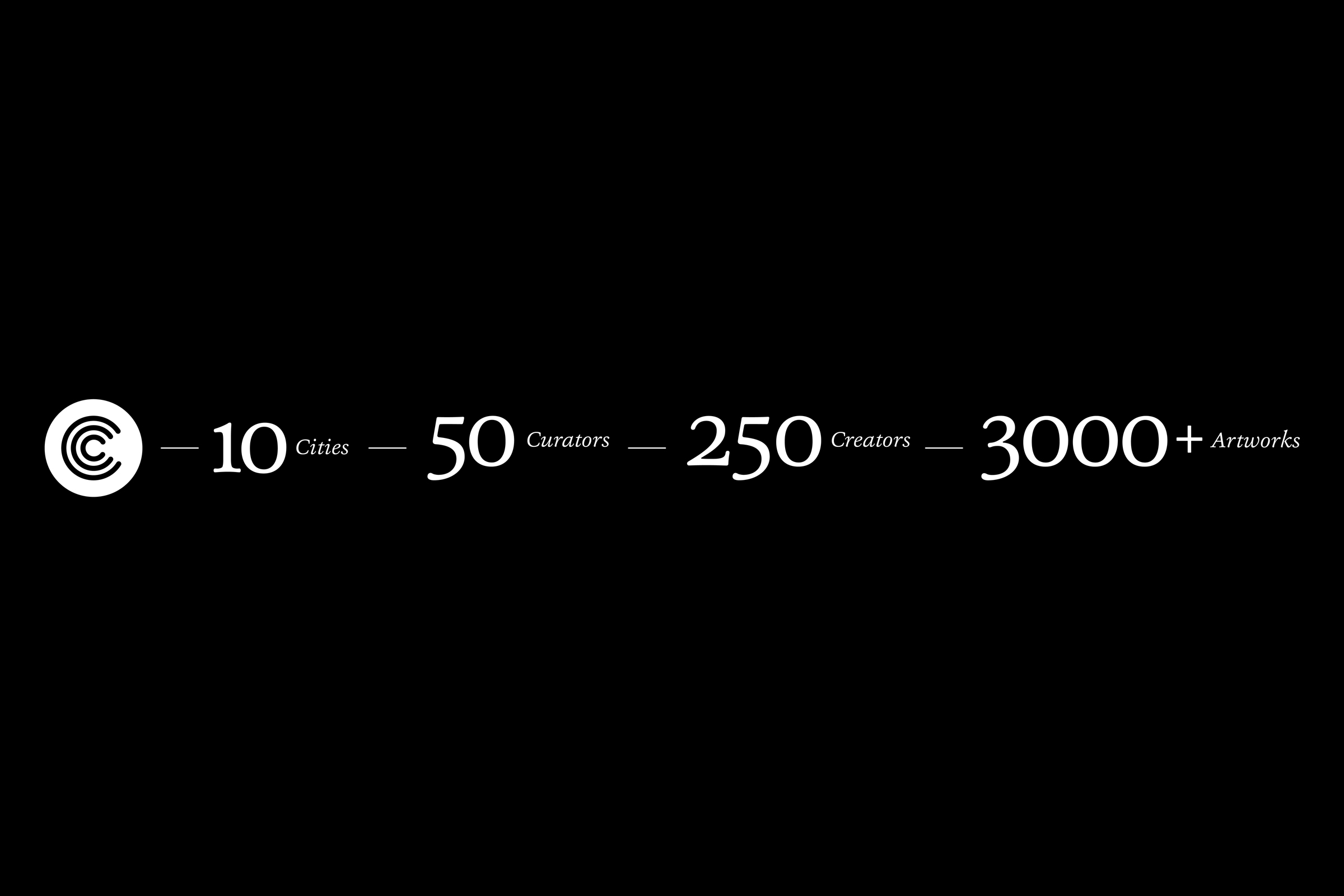
Instead of one curator deciding who to feature, we wanted to crowdsource the selection process to work across the region and scale the project quickly,” says Jackson. “CREATIVE©ITIES is a visual collection of the people, places and projects that shapes the city’s creative scene.
A team of curators were assembled for each city, which included the likes of Bangkok artist Anon Pairot, the founder of Hong Kong lifestyle label Goods of Desire, Douglas Young, and the publisher of Tokyo graphic design magazine +81, Satoru Yamashita. These “City Curators” then recommended others from their creative communities, ranging from traditional professions such as artists and designers to the likes of chefs, urban farmers and cultural researchers.

This approach opened up new and alternative sets of discussion—such as acknowledging the importance of food in and for various cultures across Asia.
Zara Arshad, independent curator and design historian
Beijing City Curator of CREATIVE©ITIES
The participants were guided through a questionnaire designed by editor Justin Zhuang to identify who, how and what made each city creative—helping map out what their creative city looked like. Such a broad survey impressed Beijing City Curator Zara Arshad. It highlighted to her how the city shaped its creatives and vice versa, as well as the transnational flow of ideas and people within the region.
“A commendable aspect of the wider CREATIVE©ITIES initiative includes the organisers’ efforts to shift conversations about design to the context of Asia,” says the independent curator and design historian.
With the data crowdsourced from the city curators and creators, BLACK created a multimedia extravaganza inside the former industrial warehouses of Kaohsiung’s Pier-2 Art Center. Visitors were greeted by a tunnel of colourful infographics that took them through each city’s population, geography and society. It was followed by various multi-sensorial presentations that brought each city alive. A live-feed of data, including weather in a city and its latest news headlines, presented a snapshot of everyday life. A gallery of animated city maps drawn by a respective local illustrator showcased its icons and creative traits. A “sound wall” offered over 100 recordings of each city’s soundscapes, ranging from the boisterous crowds at Kaohsiung’s Ruifong Night Market to the haunting tunes of Singapore indie band The Observatory.

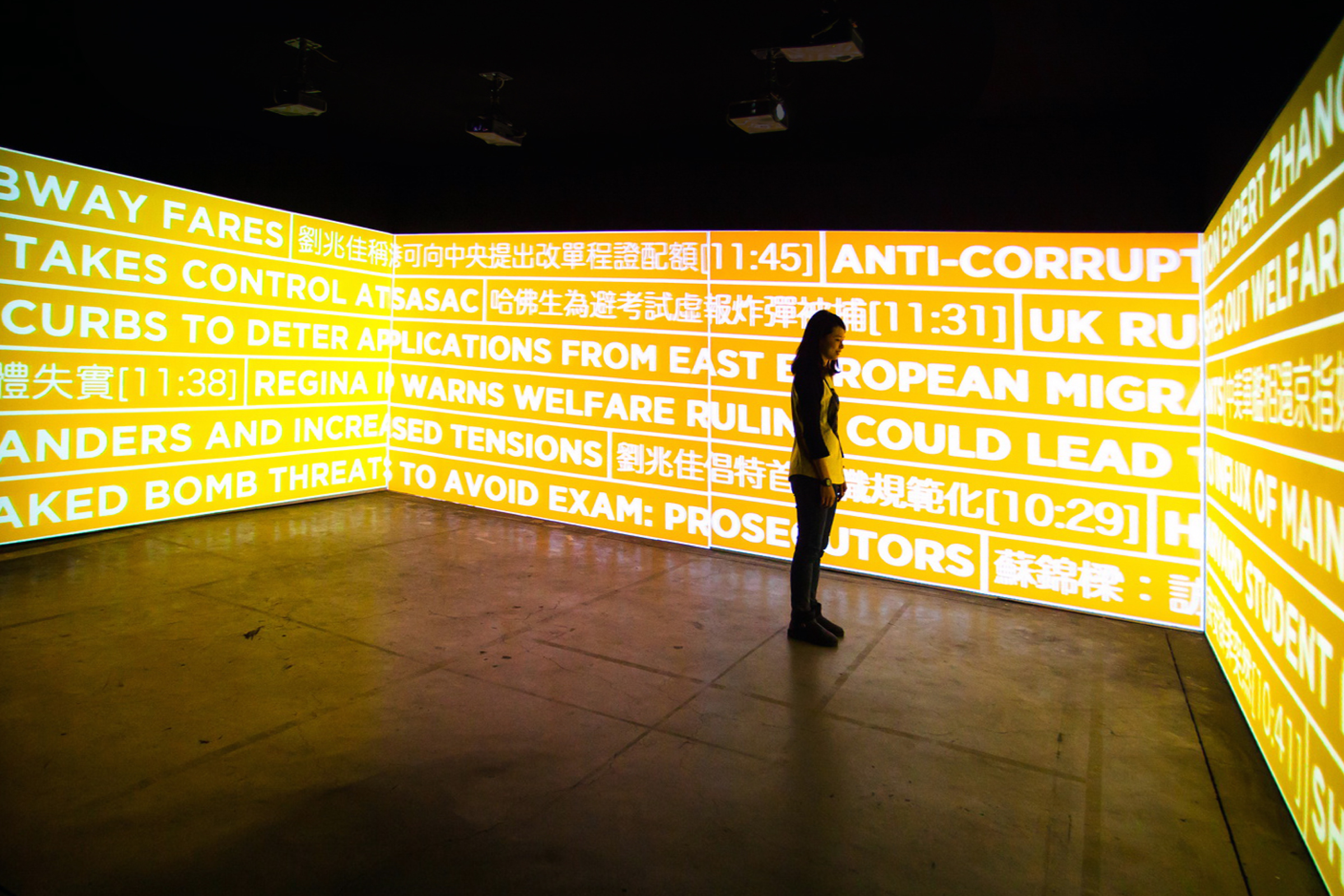
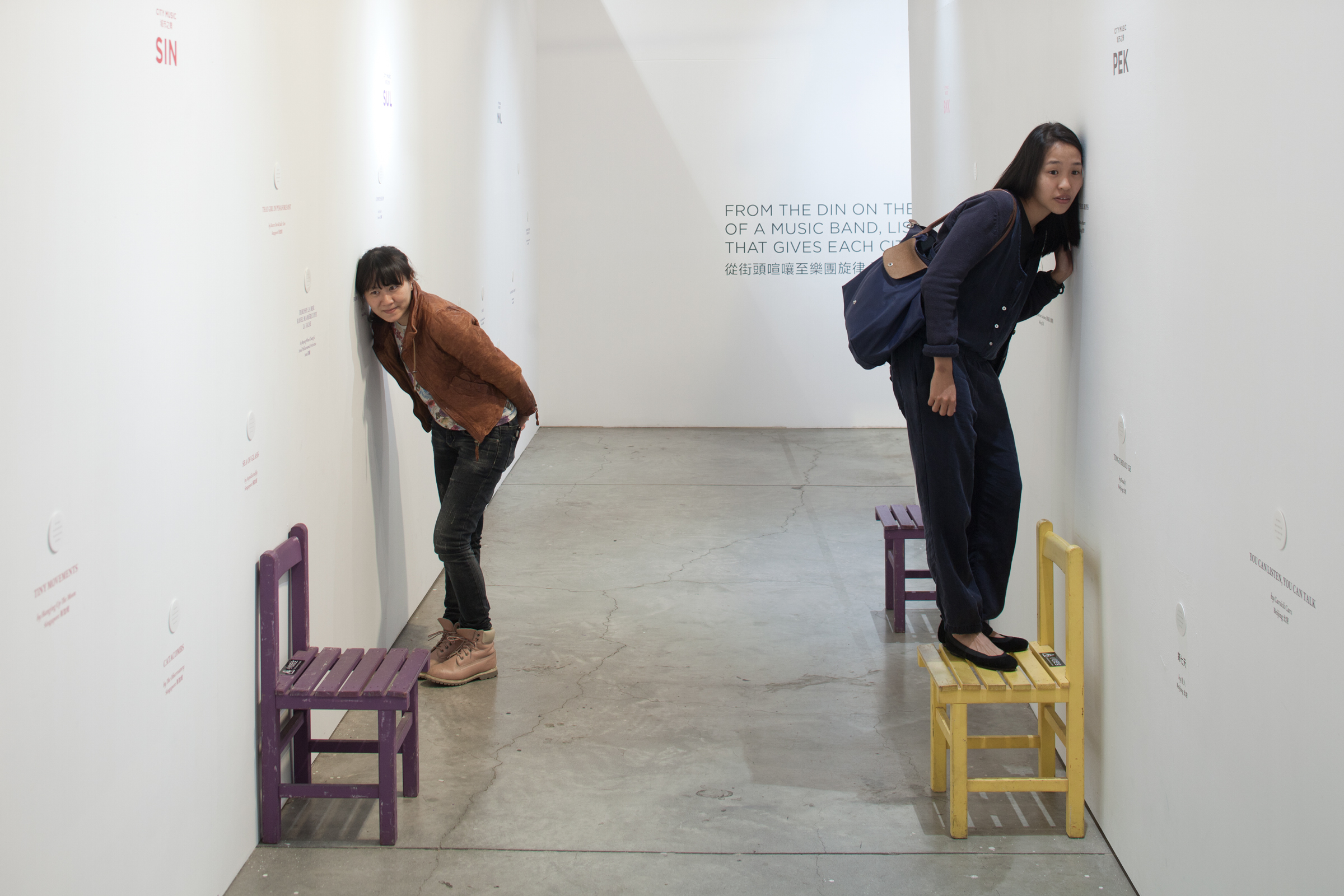
The integration of the cities’ unique cultures with the exhibition’s multitude of media—interactive experiences, illustration, photography, installation, sound, projection—was richly rewarding for the audiences.
Aaron Yin, emeritus chairman of the Designers Association of Taiwan, which organises the Kaohsiung Design Festival
These rich displays captured the texture of each city and also its soul, says Ruby Chen, who was part of Pier-2’s exhibition team. She saw audiences get excited by the displays of Hua Ma (the mayor of Kaohsiung), Gangnam Style (a Korean song) and bubble tea (a Taiwanese drink), a testament of how local cultures could resonate with a global audience.
“The exhibition not only celebrated the diversity of design, but the cities’ humanistic values and cultures also shined through,” says Ruby. “It provoked audiences to ponder and discuss further and realise that cities are more than we think!”
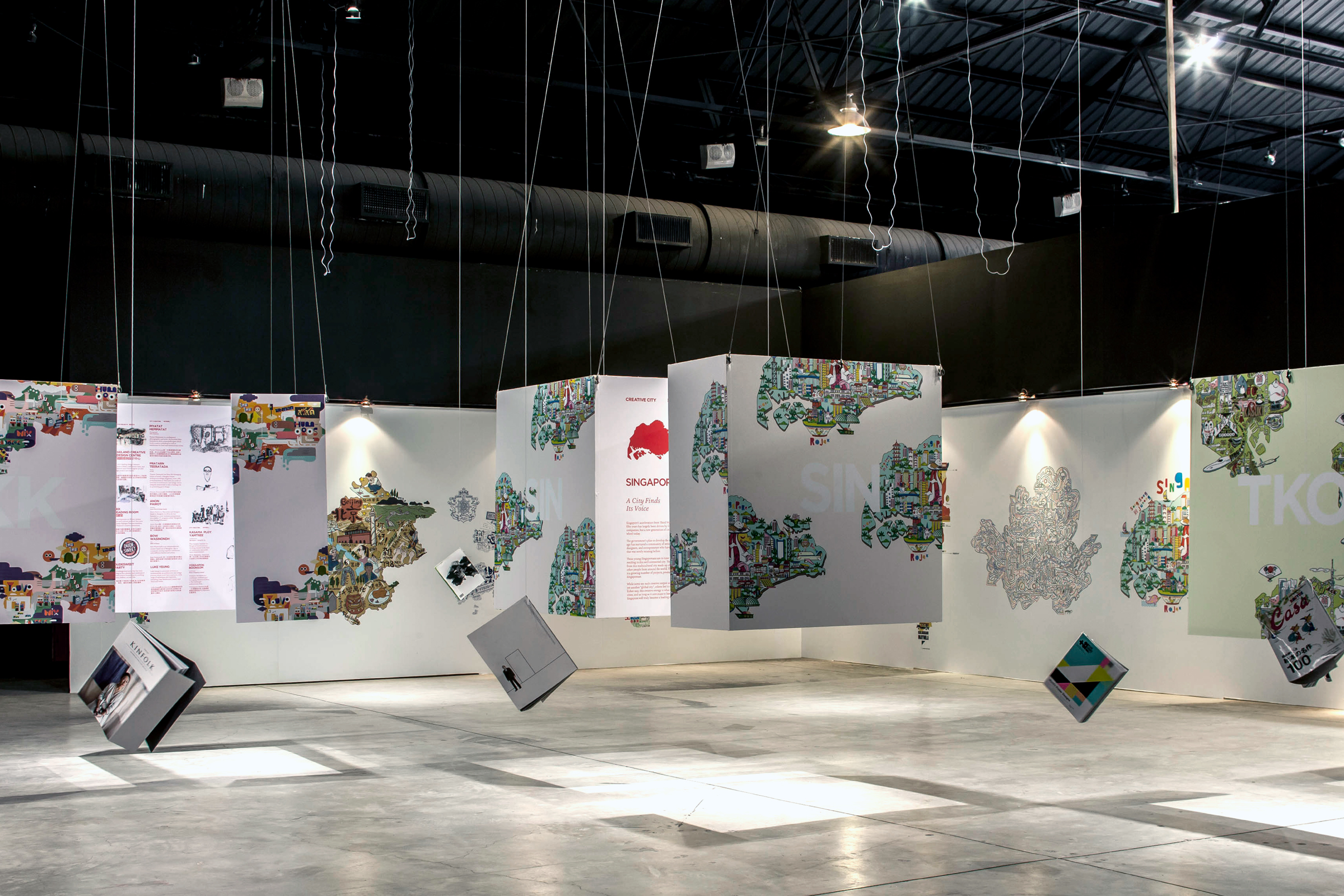
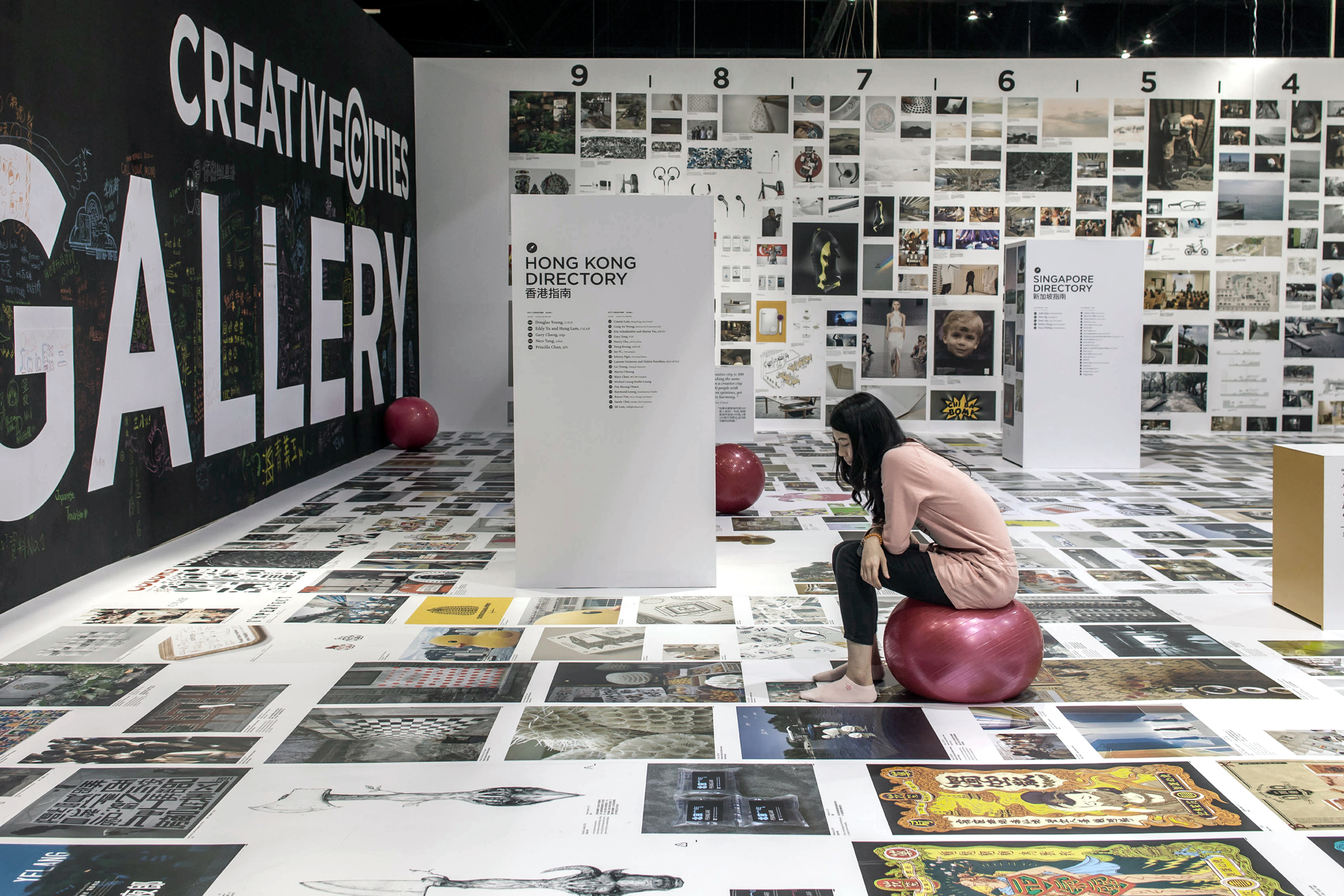
The immersive introductions to the 10 cities were followed by more intimate presentations of their creative communities. Individual city booths showcased key places frequented by local creatives and visitors could even browse local products such as magazines and publications shipped in just for the exhibition. The finale was a staggering display of over 3,000 projects by the invited curators and creators. Data visualisation agency Swarm helped to sort and lay out over 12,000 images across an over 400-square-metres gallery, creating a “map” for visitors to wander in and discover the creativity across the Asia-Pacific.
“The integration of the cities’ unique cultures with the exhibition’s multitude of media—interactive experiences, illustration, photography, installation, sound, projection—was richly rewarding for the audiences,” says Aaron Yin, emeritus chairman of the Designers Association of Taiwan, which organises the Kaohsiung Design Festival.
I remain in touch with many of them till today and we have continued learning from one another and developing together as creative cities.
Justin Zhuang, Project Editor of CREATIVE©ITIES
CREATIVE©ITIES month-long run attracted over 25,000 paid visitors as well as local and international media coverage. Its success led BLACK to employ a similar approach for subsequent projects. For SG Heart Map, memories from over 400,000 participants in Singapore were crowdsourced to construct a series of displays to celebrate the city-state’s golden jubilee in 2015.
Although CREATIVE©ITIES set out to uncover the networks powering the creative scenes of each city, the project also forged new connections across them that have proven lasting, says project editor Justin.
I was introduced to the people behind many of the amazing projects being done across the Asia-Pacific,” he says. “I remain in touch with many of them till today and we have continued learning from one another and developing together as creative cities.
